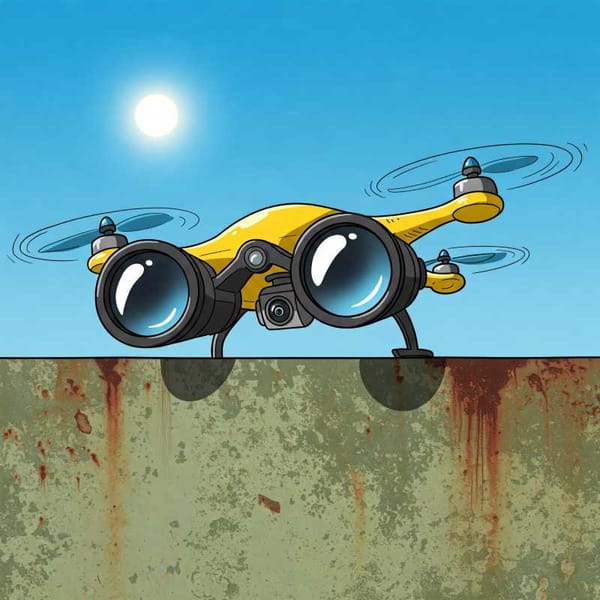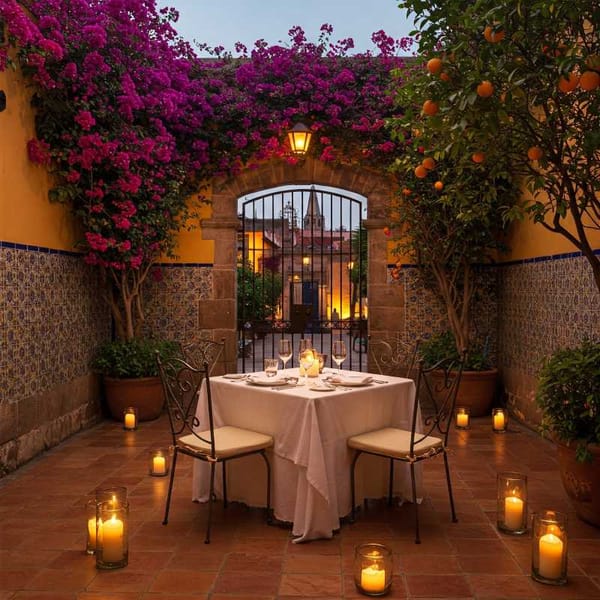Ancient Chinese printing techniques and aesthetics revisited
The printed book produced thousands of standardized classical texts. Because of their quality and detail, works with color illustrations circulated only among the Chinese elite. The number of Chinese characters amounts to more than 50,000, while the Gutenberg Bible used 290 types.





